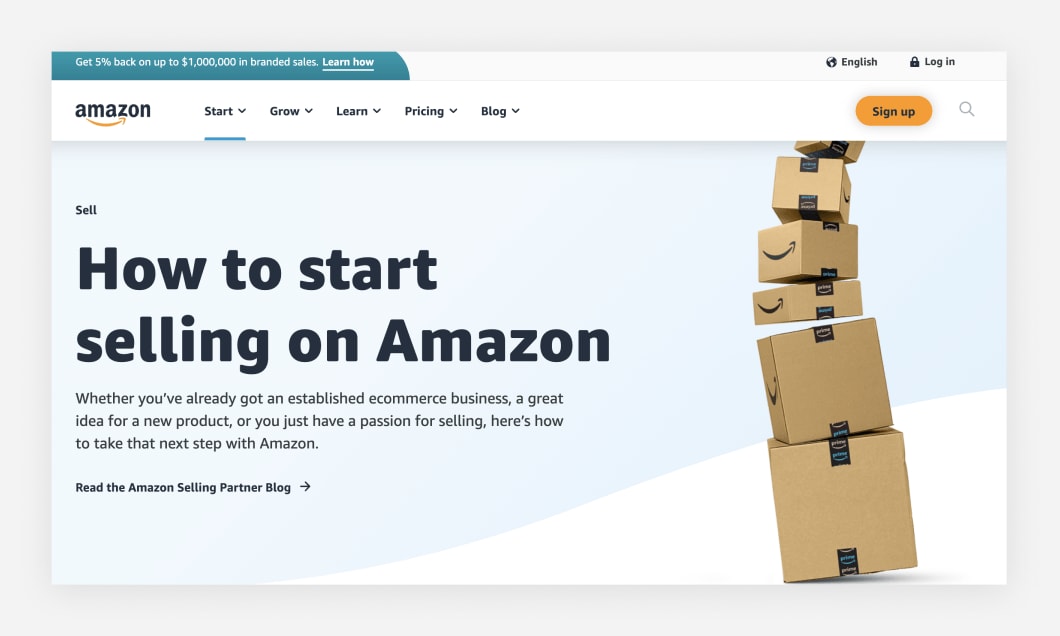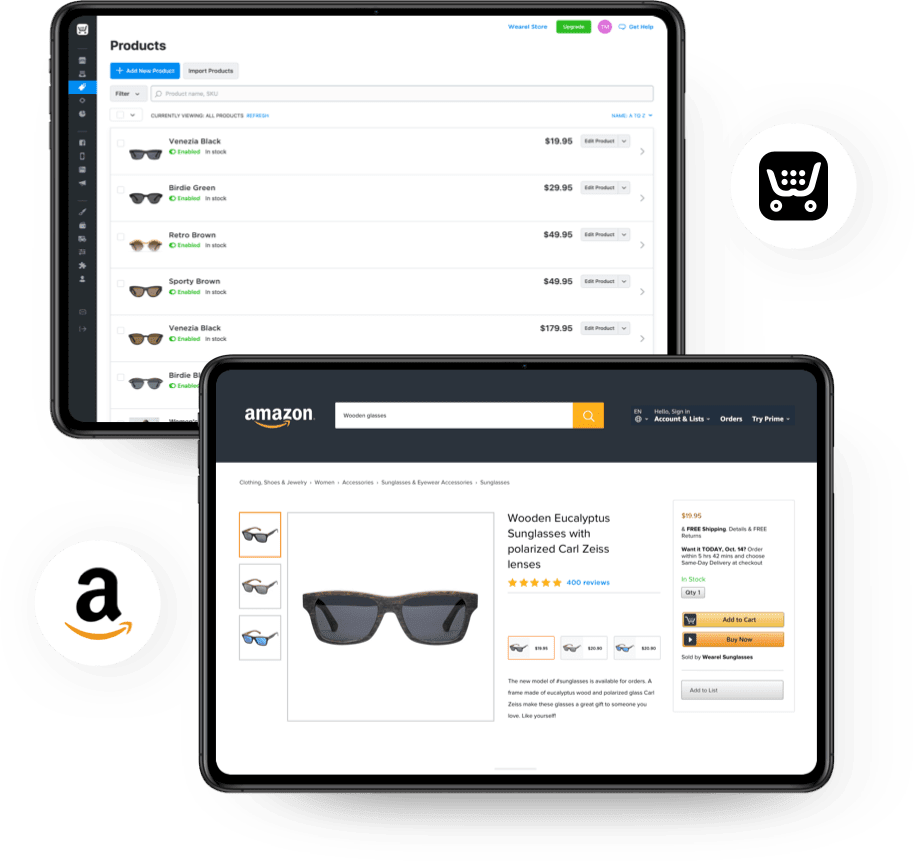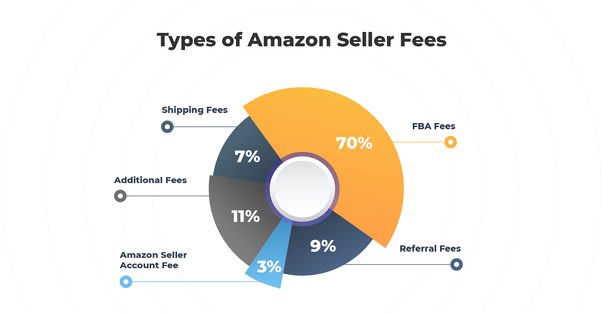How To Sell on Amazon marketplace

Table of Contents
- Introduction
- 1. Is selling on Amazon a good way to make money?
- 2. What is the cost of GST registration?
- 3. Can I sell on Amazon without GST?
- 4. How to earn on Amazon without investment?
- 5. How much percentage does Amazon take from sellers?
- 6. What documents are needed to sell on Amazon?
- 7. What is the hardest part of selling on Amazon?
- 8. How long does it take for Amazon to be profitable?
- Conclusion
- FAQs (Frequently Asked Questions)
Introduction
In today's digital landscape, selling products on Amazon has emerged as a highly lucrative opportunity for individuals and businesses alike. With a massive customer base and global reach, Amazon provides a platform for sellers to generate substantial income. This comprehensive guide will walk you through the process of selling products on Amazon, from setting up your seller account to optimizing listings, implementing marketing strategies, and overcoming challenges along the way.

1. Is selling on Amazon a good way to make money?
Selling on Amazon offers tremendous potential for making money. The platform's extensive customer base and robust infrastructure provide sellers with an opportunity to reach a vast audience. By employing effective strategies such as product research, optimization, competitive pricing, and marketing, sellers can tap into the revenue-generating potential of Amazon's marketplace.
2. What is the cost of GST registration?
The cost of GST (Goods and Services Tax) registration varies depending on the country or region in which you operate. In some jurisdictions, there may be fees associated with the registration process. It is essential to consult local tax authorities or seek guidance from a qualified professional to understand the specific costs and requirements for GST registration in your area.
3. Can I sell on Amazon without GST?
The requirement of GST registration on Amazon varies based on the country or region. In certain jurisdictions, such as India, GST registration is mandatory for selling on Amazon. However, in other regions, different tax regulations or thresholds may determine the necessity of GST registration. It is crucial to consult local tax authorities or a tax professional to ascertain the specific requirements in your area.
4. How to earn on Amazon without investment?
While starting a business on Amazon typically involves some initial investment, there are ways to minimize or eliminate upfront costs. One approach is to begin with a small inventory of low-cost items or leverage dropshipping, where you partner with suppliers who handle inventory and shipping. Additionally, utilizing Amazon's Fulfillment by Amazon (FBA) program can reduce the need for warehousing and fulfillment infrastructure, allowing sellers to start with minimal investment.
5. How much percentage does Amazon take from sellers?

Amazon's fee structure for sellers varies based on factors such as product category, fulfillment method, and selling plan. Sellers can expect referral fees, a percentage of the item's sale price, and variable closing fees for specific categories. FBA sellers may also incur storage and fulfillment fees based on product size and weight. It is essential to review Amazon's fee schedule and guidelines for accurate and up-to-date information.
6. What documents are needed to sell on Amazon?
To sell on Amazon, you will generally need the following documents:
Business Information: Legal business name, address, and contact details.
Identity Verification: Valid identification documents, such as a passport or driver's license.
Bank Account Information: Details of the bank account where funds will be deposited.
Product Information: Accurate descriptions, images, and relevant details of the products being sold.
Tax Registration: In jurisdictions where applicable, GST or other tax registration documents may be required.
Consult Amazon's seller documentation and the specific requirements for your region to ensure compliance.
7. What is the hardest part of selling on Amazon?
While selling on Amazon offers lucrative opportunities, it comes with its challenges. One of the hardest parts is dealing with competition. With millions of sellers on the platform, differentiating your products, optimizing listings, and implementing effective marketing strategies becomes crucial. Additionally, managing inventory, ensuring timely order fulfillment, and handling customer feedback and reviews can be demanding. Staying informed about Amazon's policies, staying adaptable, and continuously improving is key to overcoming these challenges.
8. How long does it take for Amazon to be profitable?
The timeline for profitability on Amazon varies depending on various factors, including product selection, competition, marketing efforts, and operational efficiency. Some sellers achieve profitability within a few months, while others may take longer. Establishing realistic expectations, conducting thorough research and planning, and continuously refining selling strategies can increase the likelihood of achieving profitability over time. Building a successful Amazon business requires dedication, persistence, and a focus on customer satisfaction.
Conclusion
Selling products on Amazon can be an advantageous venture, providing an opportunity to tap into a vast customer base and generate significant income. By leveraging the strategies outlined in this comprehensive guide, such as thorough product research, optimization, competitive pricing, effective marketing, and adaptation to market trends, you can pave your way to success on Amazon. Start your journey today and unlock the potential of this thriving e-commerce platform.
FAQs (Frequently Asked Questions)
Ready to launch your online store? Sign up with StoreBud and start selling on Amazon in just 2 minutes! Experience the power of e-commerce and reach millions of customers worldwide. Join StoreBud today!
How long does it take to start making sales on Amazon?
The time it takes to start making sales on Amazon varies for each seller. Factors such as product selection, competitiveness, marketing efforts, and demand for your products play a significant role. Some sellers may start making sales within a few weeks, while others may take longer to gain traction. It's important to conduct thorough research, optimize your listings, implement effective marketing strategies, and remain patient and persistent in your efforts.
Can I sell products on Amazon without having my own inventory?
Yes, it is possible to sell products on Amazon without maintaining your own inventory. Two popular options for inventory management are dropshipping and Amazon's Fulfillment by Amazon (FBA) program. Dropshipping allows you to partner with suppliers who handle inventory storage and shipping directly to the customers. FBA enables you to send your products to Amazon's fulfillment centers, and they handle storage, packaging, and shipping on your behalf.
What are the main factors that affect product visibility on Amazon?
Several factors influence product visibility on Amazon's platform. The key factors include: Relevance: How well your product matches the search terms and customer preferences. Performance: The historical sales performance, customer reviews, and ratings of your product. Availability: The stock levels and fulfillment options (FBA or FBM) for your product. Pricing: The competitiveness and value proposition of your product compared to similar listings. Advertising: Utilizing sponsored product ads and optimizing ad campaigns for better visibility. Optimizing these factors through thorough keyword research, listing optimization, competitive pricing, and effective marketing strategies can enhance your product's visibility on Amazon.
Are there any restrictions on the types of products I can sell on Amazon?
Yes, Amazon has certain restrictions on the types of products that can be sold on its platform. These restrictions are in place to ensure compliance with laws, regulations, and safety standards, as well as to maintain a positive customer experience. Restricted product categories may include hazardous materials, prescription drugs, certain electronics, and more. Before listing a product, it is essential to review Amazon's guidelines and policies specific to product categories to ensure compliance and avoid any potential violations.